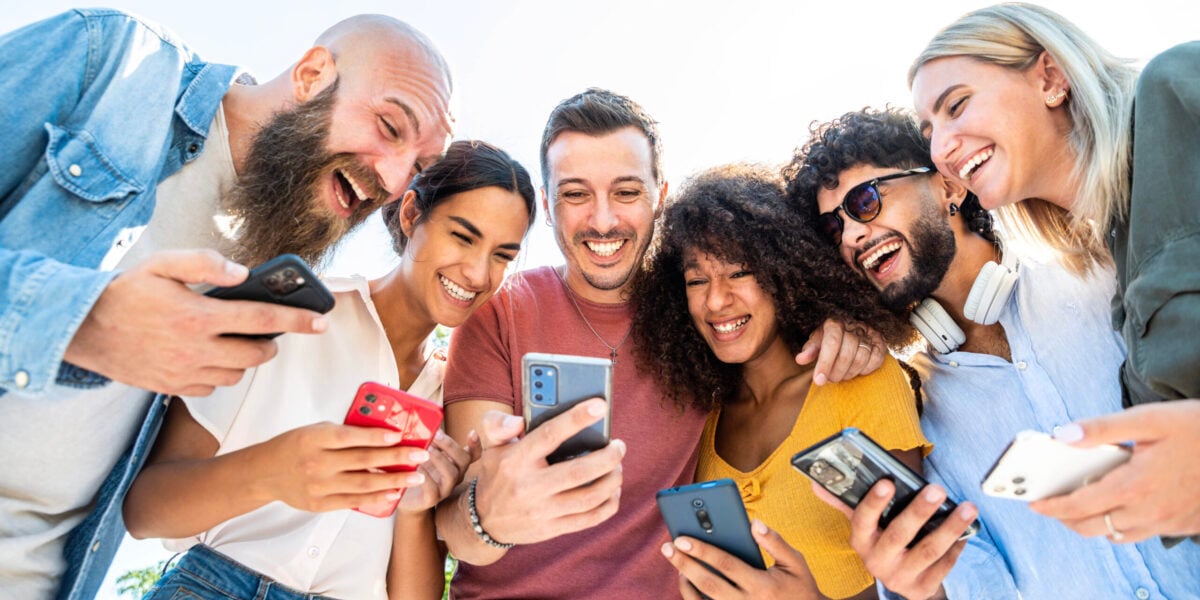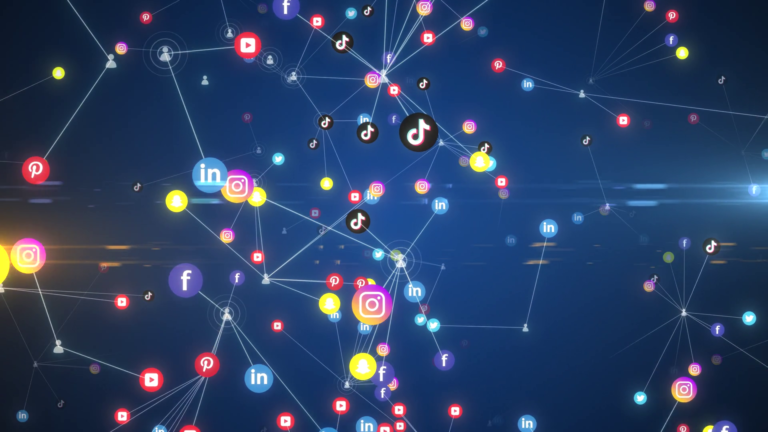Are major communities on social media losing their effectiveness? In 2025, the era of mass content gives way to micro-communities, where authenticity and engagement take precedence over reach. Tired of superficial interactions, users are turning to more intimate and specialized spaces, where trust and value exchange are at the heart of discussions. This change disrupts the strategies of creators and brands. Discover why micro-communities dominate today and how you can take advantage of them.
1. Micro-communities: A response to the saturation of large audiences
Social media has long favored the pursuit of virality and large audiences. However, in 2025, this model shows its limits. Users are turning away from overcrowded spaces to join micro-communities, small groups where exchanges are more authentic and targeted.

Preferred spaces for more sincere exchanges
Micro-communities typically consist of a few hundred to a few thousand members sharing a common interest. Unlike large public pages or mass influencers, these groups promote more personal and interactive discussions. For example, specialized Facebook groups, Discord communities around specific themes, or private circles on X-Twitter allow users to delve into topics without being overwhelmed by a flood of impersonal information.
Enhanced engagement and more natural interactions
One of the strengths of micro-communities lies in their ability to generate authentic engagement. Members find more qualitative exchanges and feel truly heard. Moreover, according to a recent study, micro-influencers (15,000 to 75,000 followers) exhibit engagement rates of up to 46%, well above macro-influencers. This closeness creates a relationship of trust, essential for content creators and brands.
Algorithms adapt to this trend
The platforms themselves acknowledge the importance of micro-communities and adjust their algorithms accordingly. Instagram highlights its “Close Friends” feature to encourage the sharing of private content, while Facebook promotes groups in its news feed. For their part, tools like Reddit and Telegram are becoming references for targeted exchanges.
Faced with an increasingly passive global audience, micro-communities emerge as an essential alternative, where engagement, trust, and closeness redefine interactions on social media.
2. How are brands and creators leveraging this phenomenon?
In 2025, micro-communities are redefining the strategies of brands and creators on social media. In the face of global audiences that are becoming increasingly difficult to engage, they are turning to these smaller groups to establish authentic and targeted connections.

Winning strategies for businesses
Brands adopt several approaches to take advantage of micro-communities:
- Creation of private groups: By establishing dedicated spaces on platforms like Facebook or Discord, companies offer their loyal customers privileged access to exclusive content, product previews, or special events.
- Personalized content: The use of artificial intelligence allows for tailored experiences, thus enhancing member engagement.
- Collaborations with micro-influencers: Brands partner with content creators who have niche audiences to promote their products authentically. For example, in the wine sector, influencers collaborate with wineries to reach a younger and more connected audience.
These strategies enable companies to strengthen customer loyalty and increase their visibility within specific communities.
The role of niche influencers
Micro-influencers, with a few thousand to tens of thousands of followers, play a crucial role in the ecosystem of micro-communities. Their closeness to their audience gives them enhanced credibility and influence.
- Authenticity: Their recommendations are perceived as more sincere, as they come from enthusiasts sharing the same interests as their community.
- High engagement: Micro-influencers generate up to 60% additional engagement compared to macro-influencers, making their collaborations particularly effective for brands.
- Co-creation of content: By working closely with brands, these influencers participate in creating authentic and relevant content, thus enhancing audience attachment.
By integrating micro-influencers into their strategy, brands benefit from more targeted communication and better resonance with specific market segments.
In 2025, micro-communities redefine engagement on social media. To maximize their impact, brands and creators must adapt. With Sosoon, manage multiple accounts effectively on Pinterest, TikTok, and X-Twitter, and multiply your traffic sources by leveraging these targeted communities. Adopt this strategy today! 🚀





